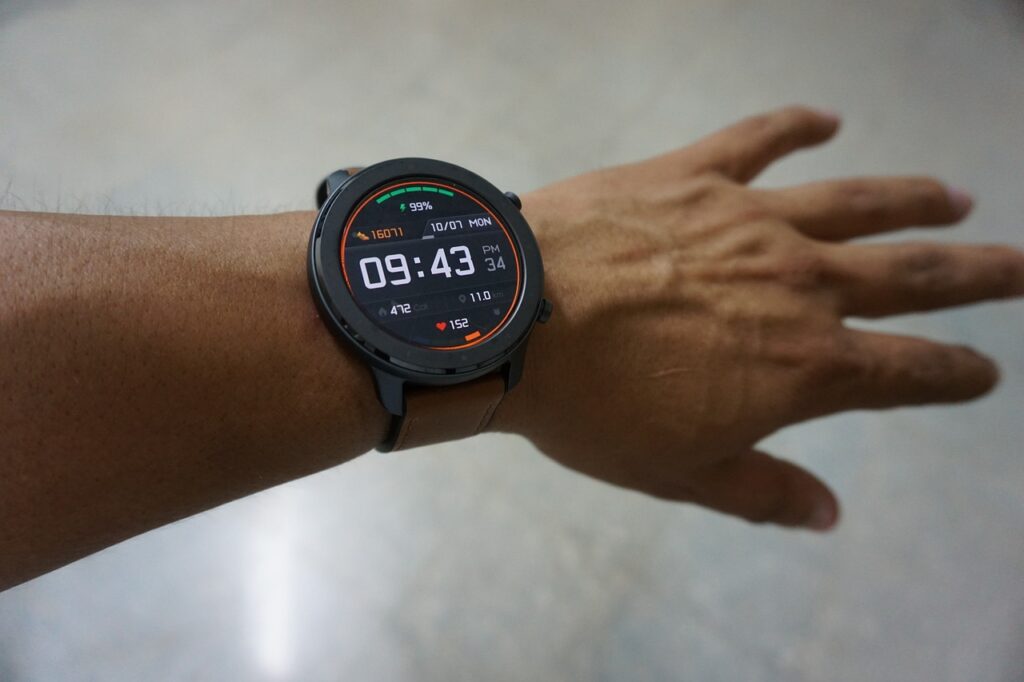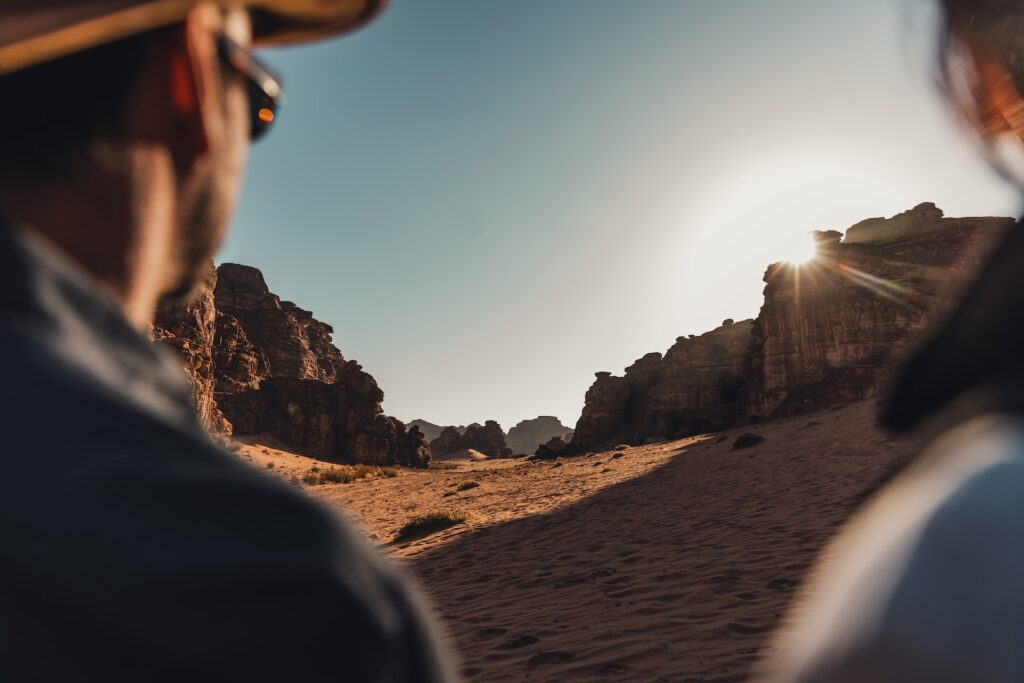Introduction
Hiking is a wonderful way to connect with nature, get some exercise, and explore the great outdoors. However, it’s crucial to ensure your safety and make the most of your hiking experience. One tool that has become indispensable for hikers is a GPS (Global Positioning System) device. In this comprehensive guide, we’ll explore the world of hiking GPS systems, discuss their importance, and help you choose the best one for your adventures.
Why Do You Need a GPS System for Hiking?
1. Navigation
One of the primary reasons to invest in a GPS system for hiking is navigation. Unlike traditional paper maps and compasses, GPS devices provide real-time location information, helping you stay on track, especially in unfamiliar terrain. They can also show you the path you’ve taken, making it easier to retrace your steps if needed.
2. Safety
Safety should always be a top priority when hiking. GPS devices can help you pinpoint your exact location, which is crucial in case of emergencies. If you get lost or injured, you can share your coordinates with rescue teams, increasing the chances of a swift and successful rescue.
3. Tracking and Planning
GPS systems allow you to track your hiking routes and gather valuable data about your hikes. You can analyze your speed, elevation changes, and distance covered. This information is invaluable for planning future trips and improving your hiking skills.
Types of Hiking GPS Systems
When it comes to hiking GPS systems, there are several options to choose from. Each type has its own advantages and limitations, so it’s important to understand the differences before making a decision.
1. Garmin Smartwatch

Handheld GPS units are purpose-built devices designed specifically for outdoor use. They offer robust GPS functionality, durability, and often come with topographic maps preloaded. Handheld GPS devices are ideal for serious hikers who venture into remote areas and need reliable navigation tools.
Key Features
- This Bundle Contains: 1 Garmin Fenix 7X Sapphire Solar Edition, Carbon Gray DLC Titanium with Black Band + 1 Signature Series Watch Stand with Charging Cable + 1 Signature Series Microfiber Cloth
- Updated, ultratough athletic design features a large 1.4” solar charged display and 51 mm case. The watch is tested to U.S. military standards for thermal, shock and water resistance. Traditional button controls that work in any environment are matched with a responsive new touchscreen interface for quick access to selections and functions.
- Use preloaded activity profiles for trail running, swimming, running, biking, hiking, rowing, skiing, golfing, surfing, indoor climbing and more. For training guidance that takes you and your fitness level into account, get daily run and ride recommendations based on your current training load and training status. Use this data to track and manage your exertion — and help avoid overexerting at the start of your run or bike.
- Do more. Charge less. Solar charging yields up to 37 days of battery life in smartwatch mode. Get up to 28 days of battery life in smartwatch mode with an additional 9 days when solar charging, and up to 89 hours in GPS mode with an additional 33 hours when solar charging.
- Access multiple global navigation satellite systems (GPS, GLONASS, Galileo). With the Sapphire Solar editions, get access to multiple frequencies sent by navigation satellites for improved position accuracy in areas where GNSS signals are reflected, weak or typically don’t penetrate.
2. Apple Smart Watch
Many hikers use their smartphones as GPS devices by downloading hiking apps. These apps leverage the phone’s built-in GPS and offer a variety of features, including mapping, tracking, and even offline map downloads. While convenient, smartphone apps may drain your battery quickly and are less rugged than dedicated GPS units.
3. GPS Watches
GPS watches are wearable devices that provide GPS tracking and navigation features. They are popular among athletes and hikers who want a compact, all-in-one solution. GPS watches can track your route, monitor your heart rate, and offer various fitness-related features.
4. GPS Trackers
GPS trackers are small devices that you can attach to your gear or clothing. They are useful for keeping tabs on your location and sharing it with others, such as friends or family. GPS trackers are lightweight and unobtrusive, making them a good choice for less demanding hikes.
Key Features to Consider
When choosing a GPS system for hiking, consider the following key features:
1. Accuracy
The accuracy of your GPS device is paramount. Look for devices that support multiple satellite systems (e.g., GPS, GLONASS, Galileo) for improved accuracy, especially in challenging environments like dense forests or deep canyons.
2. Battery Life
Consider how long the device’s battery will last on a single charge. For longer hikes or multi-day trips, opt for devices with extended battery life or the ability to carry spare batteries.
3. Mapping
Check if the device comes with detailed topographic maps or the ability to upload maps. Quality maps are essential for navigating unfamiliar terrain.
4. Durability
Hiking can be tough on your gear. Ensure that your GPS device is built to withstand the elements, including water resistance, shock resistance, and dust protection.
5. User Interface
Choose a device with a user-friendly interface that you can operate easily, especially when you’re out in the wilderness.
6. Connectivity
Consider whether the GPS device offers connectivity options like Bluetooth or Wi-Fi. These features can enhance your experience by allowing you to sync data with your smartphone or other devices.
7. Price
Set a budget for your GPS device and stick to it. There are options available for various price ranges, so you’re likely to find one that suits your needs without breaking the bank.
Best GPS Systems for Hiking
Now that we’ve covered the types of GPS systems and key features to consider, let’s explore some of the best GPS systems for hiking in 2023:
1. Garmin GPSMAP 66st
- Type: Handheld GPS
- Key Features: High-sensitivity GPS, preloaded topographic maps, long battery life, wireless connectivity
- Price: $$$
The Garmin GPSMAP 66st is a top-tier handheld GPS unit designed for serious hikers. Its high-sensitivity GPS receiver ensures accurate tracking even in challenging environments. The preloaded topographic maps provide detailed information about terrain, trails, and points of interest. With a long battery life and wireless connectivity, this device is a reliable companion for extended hikes.
2. Gaia GPS (Smartphone App)
- Type: Smartphone App
- Key Features: Detailed maps, offline map downloads, route planning, community-sourced data
- Price: Free with optional subscription
Gaia GPS is a popular smartphone app among hikers. It offers a wide range of mapping options, including topographic and satellite maps. You can download maps for offline use and plan routes ahead of time. The app also allows you to access community-sourced data, such as trail reviews and trip reports, helping you make informed decisions about your hikes.
3. Suunto 9 Baro
- Type: GPS Watch
- Key Features: GPS and GLONASS, long battery life, customizable sports modes, built-in barometer
- Price: $$$
The Suunto 9 Baro is a GPS watch designed for outdoor enthusiasts. It boasts a long battery life, making it suitable for extended adventures. With GPS and GLONASS support, it provides accurate tracking. The watch offers customizable sports modes, including hiking, and includes a built-in barometer for altitude measurements.
4. SPOT Gen4
- Type: GPS Tracker
- Key Features: Compact and lightweight, tracking and check-in features, SOS button, long battery life
- Price: $$
The SPOT Gen4 is a compact GPS tracker that’s perfect for keeping your loved ones informed about your whereabouts. It features tracking and check-in functions that allow you to share your location with designated contacts. In case of emergencies, it has an SOS button that connects you with rescue services. With a long battery life, it’s an excellent safety device for hikers.
FAQ: Frequently Asked Questions
1. Can I use my smartphone as a GPS device for hiking?
Yes, you can use your smartphone as a GPS device by downloading hiking apps. However, keep in mind that smartphones may have limited battery life and may not be as durable as dedicated GPS units. It’s a good idea to bring a backup power source when relying on your phone for navigation.
2. How do I ensure the accuracy of my GPS device while hiking?
To improve GPS accuracy while hiking, make sure your device has a clear line of sight to the sky. Avoid dense tree cover and tall cliffs that can obstruct satellite
